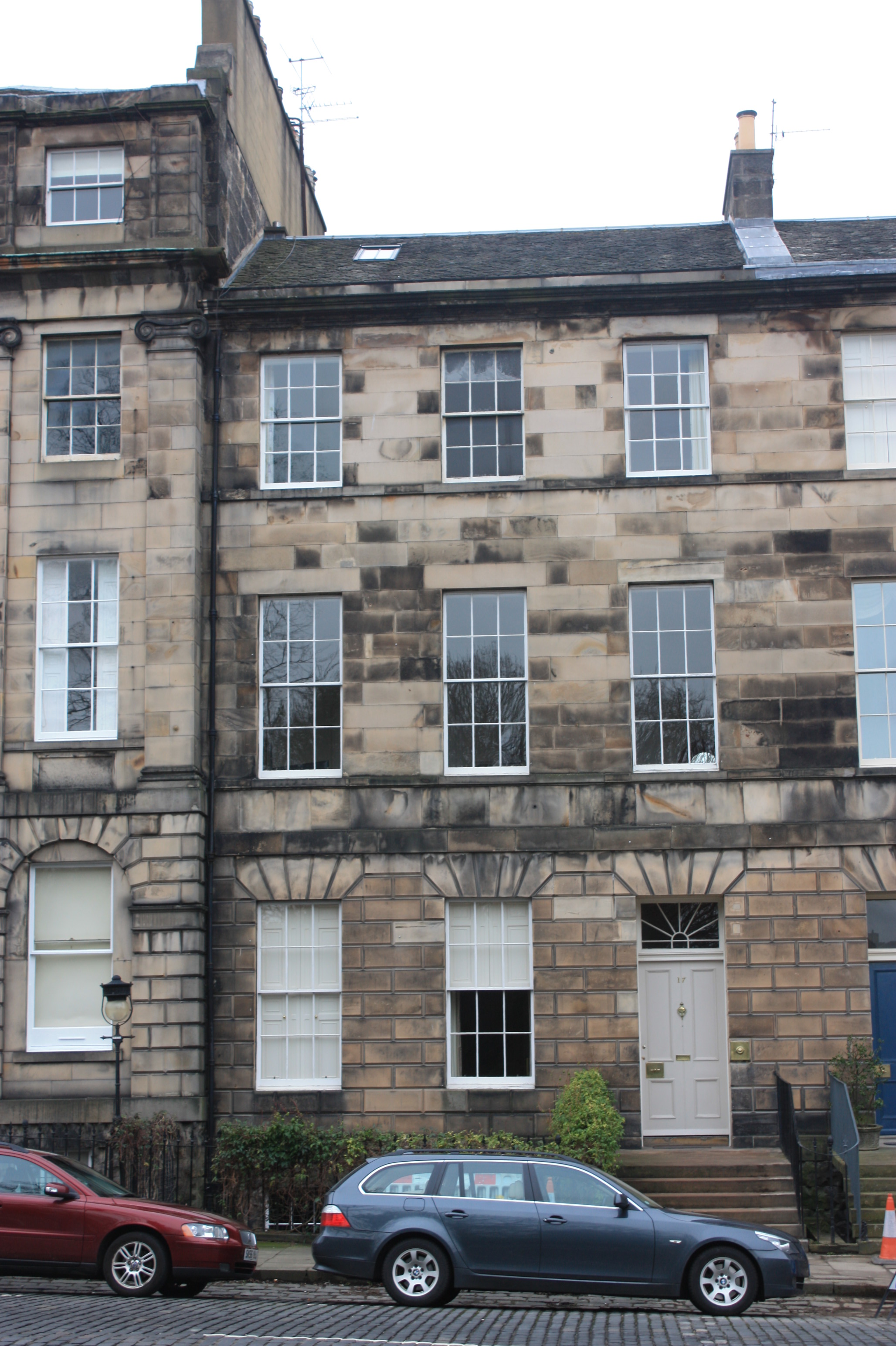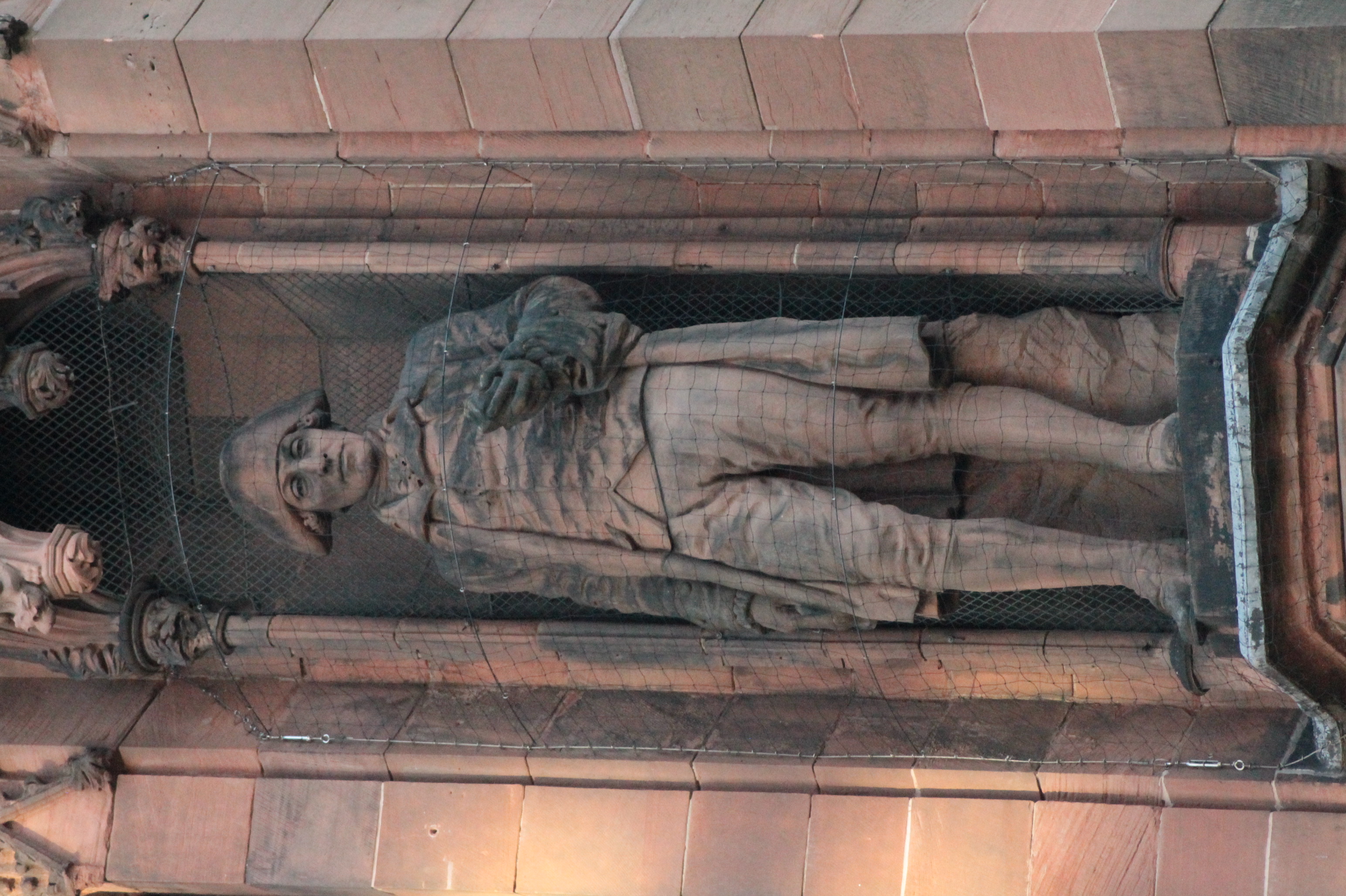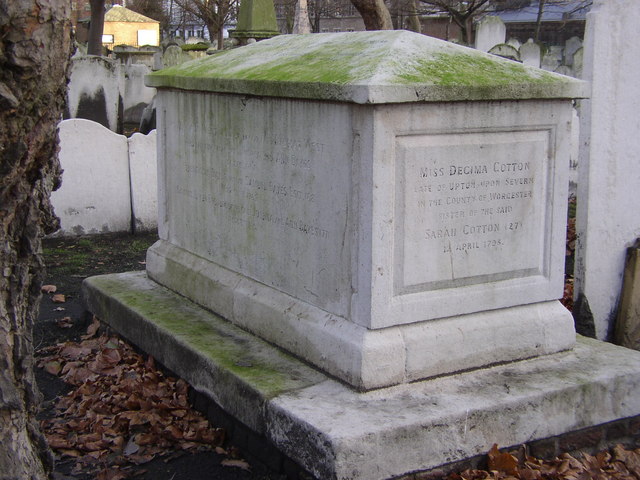|
King's Buildings
The King's Buildings (colloquially known as just King's or KB) is a campus of the University of Edinburgh in Scotland. Located in the suburb of Blackford, the site contains most of the schools within the College of Science and Engineering, excepting only the School of Informatics and part of the School of Geosciences, which are located at the central George Square campus. The campus lies south of West Mains Road, west of Mayfield Road and east of Blackford Hill, about south of George Square. Scotland's Rural College (SRUC) and Biomathematics and Statistics Scotland (BioSS) also have facilities there. History In 1919 Edinburgh University bought the land of West Mains Farm in the south of the city with the intention of building a satellite campus specialising in the Sciences. The first building was the Chemistry Building (renamed the Joseph Black Building) designed by Arthur Forman Balfour Paul in 1919. Building started in 1920 and was completed after 1924 by John Fraser M ... [...More Info...] [...Related Items...] OR: [Wikipedia] [Google] [Baidu] |
King's Buildings Seen From The Braids
Kings or King's may refer to: *Monarchs: The sovereign heads of states and/or nations, with the male being kings *One of several works known as the "Book of Kings": **The Books of Kings part of the Bible, divided into two parts **The ''Shahnameh'', an 11th-century epic Persian poem **The Morgan Bible, a French medieval picture Bible **The Pararaton, a 16th-century Javanese history of southeast Asia *The plural of any king Business * Kings Family Restaurants, a chain of restaurants in Pennsylvania and Ohio * Kings Food Markets, a chain supermarket in northern New Jersey * King's Favourites, a brand of cigarettes *King's Variety Store, a chain of stores in the USA *King's (defunct discount store), a defunct chain of discount stores in the USA Education *King's College (other), various colleges * King's School (other), various schools * The King's Academy (other), various academies Electoral districts * King's (New Brunswick electoral district) (1867†... [...More Info...] [...Related Items...] OR: [Wikipedia] [Google] [Baidu] |
Marion Ross Road, King's Buildings, Edinburgh
Marion may refer to: People *Marion (given name) * Marion (surname) * Marion Silva Fernandes, Brazilian footballer known simply as "Marion" * Marion (singer), Filipino singer-songwriter and pianist Marion Aunor (born 1992) Places Antarctica * Marion Nunataks, Charcot Island Australia * City of Marion, a local government area in South Australia * Marion, South Australia, a suburb of Adelaide Cyprus * Marion, Cyprus, an ancient city-state South Africa *Marion Island, one of the Prince Edward Islands United States * Marion, Alabama * Marion, Arkansas * Marion, Connecticut ** Marion Historic District (Cheshire and Southington, Connecticut) * Marion, Georgia * Marion, Illinois * Marion, Indiana, Grant County * Marion, Shelby County, Indiana * Marion, Iowa * Marion, Kansas ** Marion County Lake ** Marion Reservoir * Marion, Kentucky * Marion, Louisiana * Marion, Massachusetts * Marion Station, Maryland, often referred to as just "Marion" * Marion, Michigan * Marion, Minneso ... [...More Info...] [...Related Items...] OR: [Wikipedia] [Google] [Baidu] |
Robert Stevenson (civil Engineer)
Robert Stevenson, FRSE, FGS, FRAS, FSA Scot, MWS (8 June 1772 – 12 July 1850) was a Scottish civil engineer, and designer and builder of lighthouses. His works include the Bell Rock Lighthouse. Early life Robert Stevenson was born in Glasgow. His father was Alan Stevenson, a partner in a West Indies sugar trading house in the city. Alan died of an epidemic fever on the island of St. Christopher in the West Indies on 26 May 1774, a few days before Robert's second birthday. Robert's uncle died of the same disease around the same time. Since this left Alan's widow, Jean Lillie Stevenson, in much-reduced financial circumstances, Robert was educated, as a young child, at a charity school. Robert's mother intended him to join the ministry, so when he was a bit older she enrolled him in the school of a locally famous Glasgow linguist, a Mr Macintyre. But when Robert was 15, she remarried and the family moved to 1 Blair Street, off the Royal Mile in Edinburgh. Robert's new ... [...More Info...] [...Related Items...] OR: [Wikipedia] [Google] [Baidu] |
Peter Guthrie Tait
Peter Guthrie Tait FRSE (28 April 1831 – 4 July 1901) was a Scottish mathematical physicist and early pioneer in thermodynamics. He is best known for the mathematical physics textbook ''Treatise on Natural Philosophy'', which he co-wrote with Lord Kelvin, and his early investigations into knot theory. His work on knot theory contributed to the eventual formation of topology as a mathematical discipline. His name is known in graph theory mainly for Tait's conjecture. He is also one of the namesakes of the Tait–Kneser theorem on osculating circles. Early life Tait was born in Dalkeith on 28 April 1831 the only son of Mary Ronaldson and John Tait, secretary to the 5th Duke of Buccleuch. He was educated at Dalkeith Grammar School then Edinburgh Academy. He studied Mathematics and Physics at the University of Edinburgh, and then went to Peterhouse, Cambridge, graduating as senior wrangler and first Smith's prizeman in 1852. As a fellow and lecturer of his college he rema ... [...More Info...] [...Related Items...] OR: [Wikipedia] [Google] [Baidu] |
Marion Ross (physicist)
Marion Amelia Spence Ross FRSE (9 April 1903 – 3 January 1994) was a Scottish physicist noted for her work in x-ray crystallography and fluid dynamics. Life Ross was born in Edinburgh, one of the five daughters of William Baird Ross, organist, composer and founder of The Edinburgh Society of Organists (ESO). The family lived at 22 Royal Crescent in Edinburgh's New Town. After being educated at Edinburgh Ladies' College, Marion Ross studied mathematics and natural philosophy at the University of Edinburgh, receiving prestigious bursaries in mathematics, and graduating with honours. Ross then studied at teacher training college in Cambridge for one year and taught mathematics in a secondary school in Woking, Surrey for two years. In 1928, she took up a post as Assistant Lecturer in the Department of Physics at the University of Edinburgh, and instigated a course in acoustics for music students. In the Second World War she was a rare example of a female scientist working ... [...More Info...] [...Related Items...] OR: [Wikipedia] [Google] [Baidu] |
Colin MacLaurin
Colin Maclaurin (; gd, Cailean MacLabhruinn; February 1698 – 14 June 1746) was a Scottish mathematician who made important contributions to geometry and algebra. He is also known for being a child prodigy and holding the record for being the youngest professor. The Maclaurin series, a special case of the Taylor series, is named after him. Owing to changes in orthography since that time (his name was originally rendered as M'Laurine), his surname is alternatively written MacLaurin. Early life Maclaurin was born in Kilmodan, Argyll. His father, John Maclaurin, minister of Glendaruel, died when Maclaurin was in infancy, and his mother died before he reached nine years of age. He was then educated under the care of his uncle, Daniel Maclaurin, minister of Kilfinan. A child prodigy, he entered university at age 11. Academic career At eleven, Maclaurin, a child prodigy at the time, entered the University of Glasgow. He graduated Master of Arts three years later by defendin ... [...More Info...] [...Related Items...] OR: [Wikipedia] [Google] [Baidu] |
James Hutton
James Hutton (; 3 June O.S.172614 June 1726 New Style. – 26 March 1797) was a Scottish geologist, agriculturalist, chemical manufacturer, naturalist and physician. Often referred to as the father of modern geology, he played a key role in establishing geology as a modern science. Hutton advanced the idea that the physical world's remote history can be inferred from evidence in present-day rocks. Through his study of features in the landscape and coastlines of his native Scottish lowlands, such as Salisbury Crags or Siccar Point, he developed the theory that geological features could not be static but underwent continuing transformation over indefinitely long periods of time. From this he argued, in agreement with many other early geologists, that the Earth could not be young. He was one of the earliest proponents of what in the 1830s became known as uniformitarianism, the science which explains features of the Earth's crust as the outcome of continuing natural proc ... [...More Info...] [...Related Items...] OR: [Wikipedia] [Google] [Baidu] |
James Dewar
Sir James Dewar (20 September 1842 – 27 March 1923) was a British chemist and physicist. He is best known for his invention of the vacuum flask, which he used in conjunction with research into the liquefaction of gases. He also studied atomic and molecular spectroscopy, working in these fields for more than 25 years. Early life James Dewar was born in Kincardine, Perthshire (now in Fife) in 1842, the youngest of six boys of Ann Dewar and Thomas Dewar, a vintner. He was educated at Kincardine Parish School and then Dollar Academy. His parents died when he was 15. He attended the University of Edinburgh where he studied chemistry under Lyon Playfair (later Baron Playfair), becoming Playfair's personal assistant. Dewar also studied under August Kekulé at Ghent. Career In 1875, Dewar was elected Jacksonian professor of natural experimental philosophy at the University of Cambridge, becoming a member of Peterhouse. He became a member of the Royal Institution and la ... [...More Info...] [...Related Items...] OR: [Wikipedia] [Google] [Baidu] |
Alexander Crum Brown
Alexander Crum Brown FRSE FRS (26 March 1838 – 28 October 1922) was a Scottish organic chemist. Alexander Crum Brown Road in Edinburgh's King's Buildings complex is named after him. Early life and education Crum Brown was born at 4 Bellevue Terrace in Edinburgh. His mother, Margaret Fisher Crum (d.1841), was the sister of the chemist Walter Crum, and his father, Rev Dr John Brown (1784-1858), was minister of Broughton Place Church in the east end of Edinburgh's New Town. His half brother was the physician and essayist John Brown. For five years he studied at the Royal High School, then for one year at Mill Hill School in London. In 1854, he entered the University of Edinburgh where he first studied Arts and then Medicine. He was gold medallist in Chemistry and Natural Philosophy and graduated with an MA in 1858. Continuing his medical studies, he received his MD in 1861. At this time he was also studying for a science degree at the University of London, and in 1862 b ... [...More Info...] [...Related Items...] OR: [Wikipedia] [Google] [Baidu] |
David Brewster
Sir David Brewster KH PRSE FRS FSA Scot FSSA MICE (11 December 178110 February 1868) was a British scientist, inventor, author, and academic administrator. In science he is principally remembered for his experimental work in physical optics, mostly concerned with the study of the polarization of light and including the discovery of Brewster's angle. He studied the birefringence of crystals under compression and discovered photoelasticity, thereby creating the field of optical mineralogy.A. D. Morrison-Low (2004) "Brewster, Sir David (1781–1868)" in ''Oxford Dictionary of National Biography'' For this work, William Whewell dubbed him the "father of modern experimental optics" and "the Johannes Kepler of optics." A pioneer in photography, Brewster invented an improved stereoscope, which he called "lenticular stereoscope" and which became the first portable 3D-viewing device. He also invented the stereoscopic camera, two types of polarimeters, the polyzonal lens, the l ... [...More Info...] [...Related Items...] OR: [Wikipedia] [Google] [Baidu] |
Max Born
Max Born (; 11 December 1882 – 5 January 1970) was a German physicist and mathematician who was instrumental in the development of quantum mechanics. He also made contributions to solid-state physics and optics and supervised the work of a number of notable physicists in the 1920s and 1930s. Born won the 1954 Nobel Prize in Physics for his "fundamental research in quantum mechanics, especially in the statistical interpretation of the wave function". Born entered the University of Göttingen in 1904, where he met the three renowned mathematicians Felix Klein, David Hilbert, and Hermann Minkowski. He wrote his PhD thesis on the subject of "Stability of Elastica in a Plane and Space", winning the university's Philosophy Faculty Prize. In 1905, he began researching special relativity with Minkowski, and subsequently wrote his habilitation thesis on the Thomson model of the atom. A chance meeting with Fritz Haber in Berlin in 1918 led to discussion of how an ionic compou ... [...More Info...] [...Related Items...] OR: [Wikipedia] [Google] [Baidu] |
Thomas Bayes
Thomas Bayes ( ; 1701 7 April 1761) was an English statistician, philosopher and Presbyterian minister who is known for formulating a specific case of the theorem that bears his name: Bayes' theorem. Bayes never published what would become his most famous accomplishment; his notes were edited and published posthumously by Richard Price. Biography Thomas Bayes was the son of London Presbyterian minister Joshua Bayes, and was possibly born in Hertfordshire. He came from a prominent nonconformist family from Sheffield. In 1719, he enrolled at the University of Edinburgh to study logic and theology. On his return around 1722, he assisted his father at the latter's chapel in London before moving to Tunbridge Wells, Kent, around 1734. There he was minister of the Mount Sion Chapel, until 1752. He is known to have published two works in his lifetime, one theological and one mathematical: #''Divine Benevolence, or an Attempt to Prove That the Principal End of the Divine Provide ... [...More Info...] [...Related Items...] OR: [Wikipedia] [Google] [Baidu] |



.jpg)

.png)



